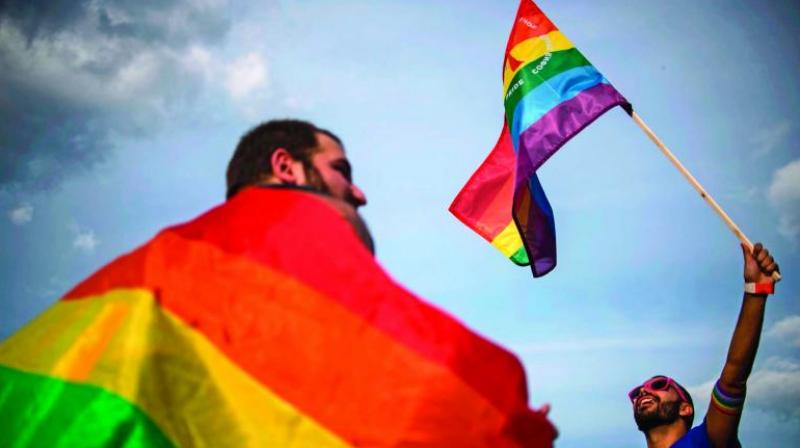Sense of outsiderness
Author Rahul Mehra explores queerness from the perspective of a 12-year-old boy trapped in a family grappling with a new country.

Rahul Mehta was on a visit to India — the land of his parents – where he began travelling to better understand his identity. He was in his early twenties then. He saw someone, and a feeling resonated with him — a certain kind of outsiderness. It was the first time he saw a hijra. At the time he knew nothing about hijras, and Rahul became fascinated. His novel begins pretty much the same way: Kiran locking eyes with Pooja, a hijra.
Six years after Quarantine, Rahul’s award winning short story collection, he brings No Other World, his first novel. Both have Indian American gay men at its core. “Being gay myself, I am interested in exploring gay characters. Of course I write non-gay characters as well, but I feel it’s very important to include gay characters. For a reader, it is a very powerful experience to see oneself reflected in literature. We’re still in an era when queer voices are vastly underrepresented in mainstream publishing, so I do feel like I have a responsibility,” Rahul writes, in an email interview from Philadelphia, where he lives with his partner of 21 years and their dog Kimona.
Set partly in the US and in India, his novel pans out in the 1980s and 90s. “A big part of what I wanted to explore in this novel was the experience of being an Indian American in an overwhelmingly white part of rural America and especially during that time period — before hyphenated and hybrid identities became part of the mainstream discourse. It was very different back then as compared to now,” he writes.
 No other world by Rahul Mehta, Harper Collins, pp.304, Rs 524
No other world by Rahul Mehta, Harper Collins, pp.304, Rs 524
No Other World has a 12-year-old, Kiran Shah, growing up in a rural community in Western New York, who is attracted towards his friend’s father. He doesn’t understand this attraction. Kiran’s parents are also struggling with their own problems. His father is haunted by thoughts of leaving his brother behind. His mother is finding it hard to accept her arranged marriage and growing attached to an American man. Growing up in a homophobic society as a gay man, Kiran has an emotional breakdown, travels to India, bonds with a teenage hijra and begins to piece together his broken past.
“Seeing the hijra was the seed for the novel. From there I was led back to all the themes I’ve been exploring in my work for many years: family, hybrid identities, migration, queerness. Ultimately, I was interested in telling the story of an Indian American family from multiple characters’ perspectives and following them over the course of several years.”

